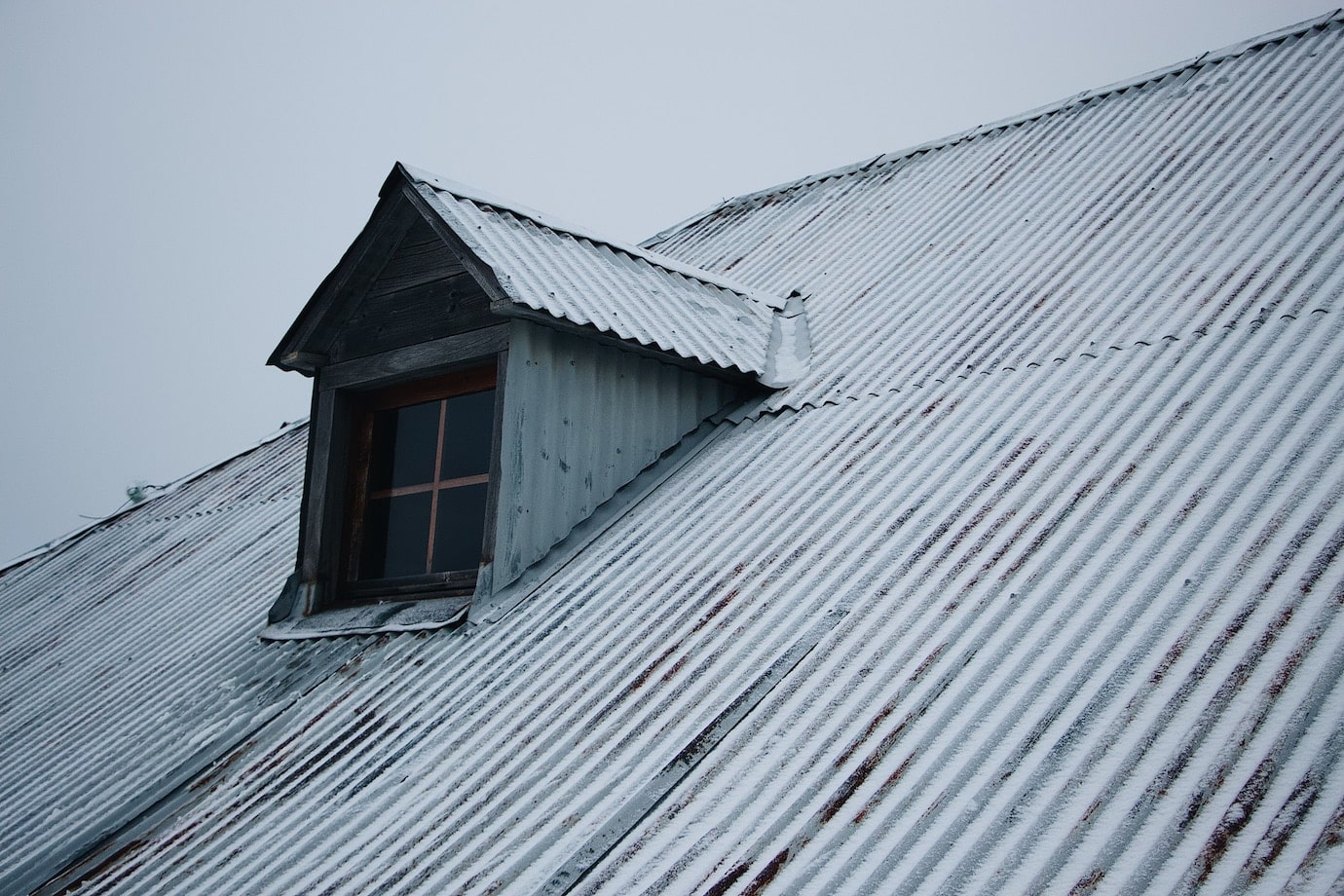Your roof is one of the most critical components of your home, protecting you and your family from the elements year-round. However, like any other part of your house, roofs deteriorate over time and require maintenance or replacement to ensure optimal performance.
To help you determine whether it’s time to invest in a new roof, we’ve compiled a comprehensive checklist of six signs every homeowner should be aware of.
1. Age of the Roof
The age of your roof is one of the most significant factors in determining whether it needs replacement. Asphalt shingle roofs, the most common type in residential construction, typically last between 20 to 25 years. If your roof is nearing or has surpassed this age range, it may be time to consider a replacement, even if there are no apparent signs of damage.
2. Curling or Buckling Shingles
Inspect the shingles on your roof for signs of curling, buckling, or blistering. These issues can occur due to prolonged exposure to sunlight, moisture, and fluctuating temperatures. Curling or buckling shingles are a clear indication that your roof is nearing the end of its lifespan and may need to be replaced to prevent leaks and water damage.
3. Missing or Damaged Shingles
Missing or damaged shingles can compromise the integrity of your roof and leave it vulnerable to leaks and structural damage. Conduct a visual inspection of your roof, paying close attention to any areas where shingles are missing, cracked, or broken. If you notice significant damage or a large number of missing shingles, it’s a sign that your roof may need immediate attention.
4. Granule Loss
Asphalt shingles are coated with granules that help protect them from UV rays and weathering. Over time, these granules can become dislodged due to normal wear and tear, leaving the underlying shingles exposed and vulnerable to damage. Check your gutters and downspouts for signs of granule loss, as excessive granule accumulation may indicate that your roof is nearing the end of its lifespan.
5. Sagging or Drooping Roof
A sagging or drooping roof is a severe structural issue that requires immediate attention. Sagging can occur due to several factors, including water damage, inadequate support, or age-related deterioration.
6. Interior Water Damage
Interior water damage, such as water stains on ceilings or walls, peeling paint, or mold growth, is a clear indicator of roof leaks. Even minor leaks can lead to significant structural damage and pose health risks due to mold growth.
Bottomline
Maintaining a sound roof is essential for protecting your home and ensuring the safety and comfort of your family. If you notice any of these signs, don’t hesitate to contact a professional roofing contractor to assess the condition of your roof and recommend the best course of action. With timely intervention and proper maintenance, you can extend the lifespan of your roof and safeguard your home for years to come.
